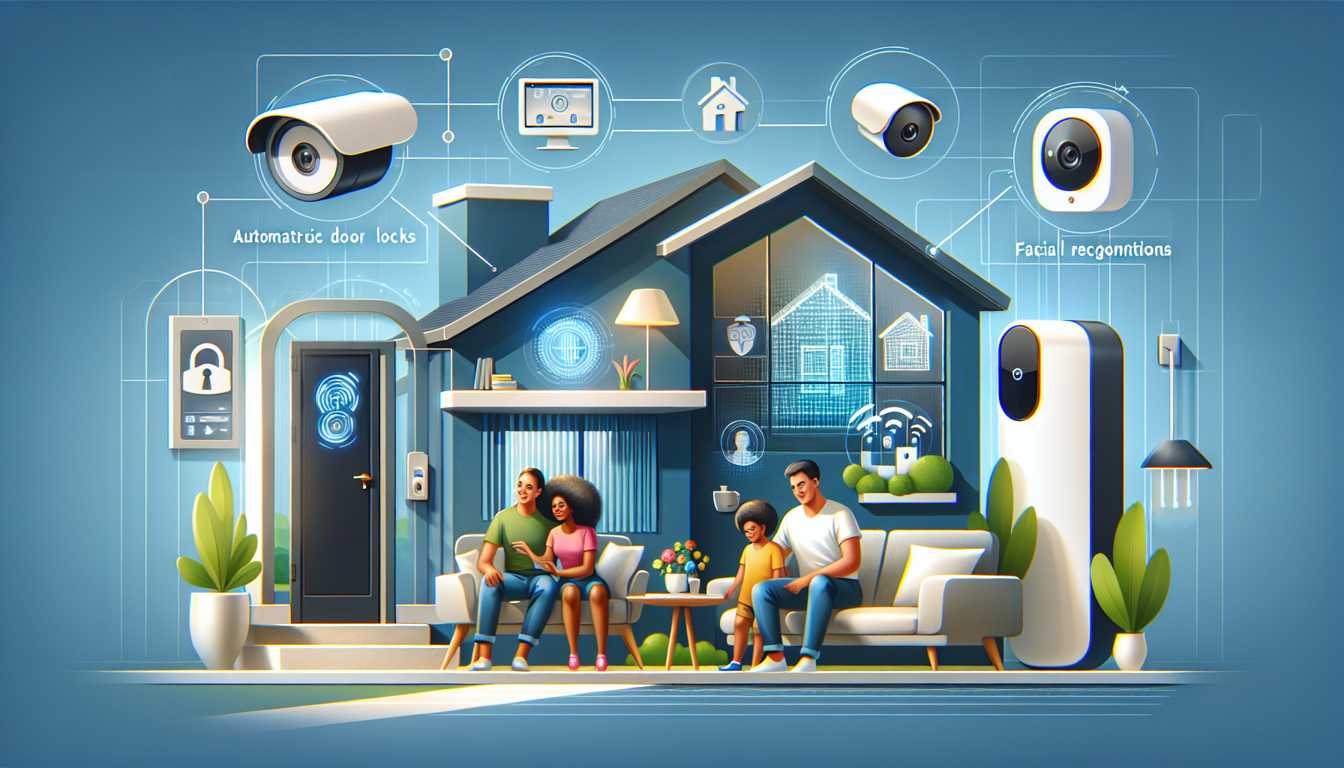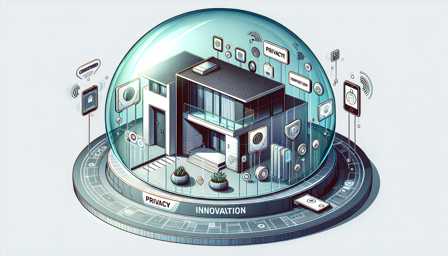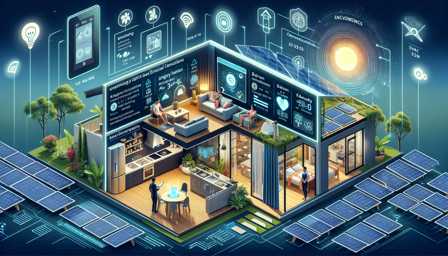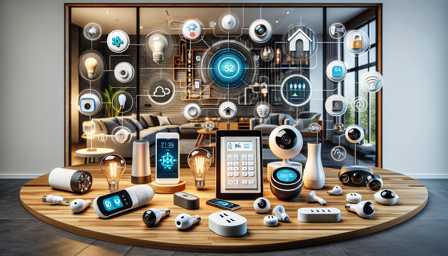
How Smart Homes are Enhancing Security and Comfort for Homeowners
In the 21st century, the concept of a 'smart home' has transitioned from a futuristic idea into a tangible reality. Thanks to rapid advancements in technology, the integration of intelligent devices into our homes is more seamless and widespread than ever before. This technological revolution is profoundly altering our daily lives, particularly in the realms of home security and comfort. In this comprehensive exploration, we will delve into the various ways smart homes are enhancing these vital aspects for homeowners.
In-Depth Look at Enhanced Security with Smart Technology
Advanced Smart Locks and Access Control
The advent of smart locks has been a game-changer in home security. Leading products like the August Wi-Fi Smart Lock, Schlage Encode, and Yale Assure Lock provide robust security features. These locks enable remote control via smartphone apps, allowing homeowners to lock or unlock their doors from any location. They also offer features like temporary access codes, activity logs, and integration with home automation systems, making them a cornerstone of modern home security.
State-of-the-Art Intelligent Surveillance Systems
Surveillance technology has evolved exponentially with the introduction of smart cameras. High-end models like the Nest Cam IQ Outdoor, Arlo Pro 4, and Ring Stick Up Cam offer advanced features such as facial recognition, motion tracking, and high-definition video recording. These devices are not just passive recording tools; they actively analyze footage to distinguish between normal and suspicious activities, sending real-time alerts to homeowners. Integrated storage solutions, either cloud-based or local, ensure that footage is securely archived.
Comprehensive Smart Alarms and Sensors
Modern smart home security systems, like the Ring Alarm Security Kit, SimpliSafe, and ADT Command, encompass a broad array of sensors and alarms. These systems include door and window sensors, motion detectors, glass break sensors, and smoke/CO detectors. They are often connected to 24/7 monitoring services, providing an additional layer of security. The integration with smart home ecosystems allows for automated responses, such as turning on lights when motion is detected.
Expanding Comfort through Home Automation
Cutting-Edge Smart Thermostats
Smart thermostats, such as the Google Nest Learning Thermostat, Ecobee SmartThermostat, and Honeywell Home T9, are revolutionizing home climate control. These devices go beyond simple temperature adjustments; they learn from your habits and adjust settings to optimize comfort and energy efficiency. Their ability to be controlled remotely via smartphone apps allows homeowners to manage their home's climate on-the-go, ensuring a comfortable environment upon their return.
Intelligent Automated Lighting Solutions
Smart lighting technology, exemplified by systems like Philips Hue, LIFX, and Wiz Connected, offers unprecedented control over home lighting. These systems allow users to adjust brightness, color temperature, and even individual colors. Programmable scenes and schedules align lighting with daily routines, enhancing both the functionality and ambiance of a home. The integration with smart home assistants enables voice control, adding a layer of convenience to lighting management.
Voice-Activated Home Assistants and Ecosystems
Voice-activated assistants such as Amazon Alexa, Google Assistant, Apple HomeKit, and Samsung SmartThings are becoming the central control hubs for smart homes. These devices enable control over a wide range of connected gadgets through simple voice commands. They can manage tasks like playing music, setting reminders, controlling lights, and even providing real-time information like news and weather updates. Their ability to integrate with various smart home devices transforms them into powerful central command centers for the modern home.
Future Prospects and Considerations
As smart home technology continues to evolve, we can anticipate more innovative solutions aimed at enhancing home security and comfort. The potential for AI and machine learning to further personalize and secure our living spaces is immense. However, these advancements also bring challenges, particularly concerning data privacy and cybersecurity. It is crucial for manufacturers and consumers alike to remain vigilant about these issues.
Additionally, the cost of smart home technology can be a barrier for some. However, as these technologies become more mainstream, prices are gradually decreasing, making smart home solutions more accessible to a broader audience.
Conclusion
Smart homes represent a significant leap forward in how we interact with and manage our living spaces. The enhancements they bring to security and comfort are just the beginning of this technological journey. As we look to the future, it's clear that the potential for smart home technology to transform our lives is limited only by our imagination. Whether it's for security, convenience, or energy efficiency, the smart home revolution is redefining the very essence of what it means to be at home.




